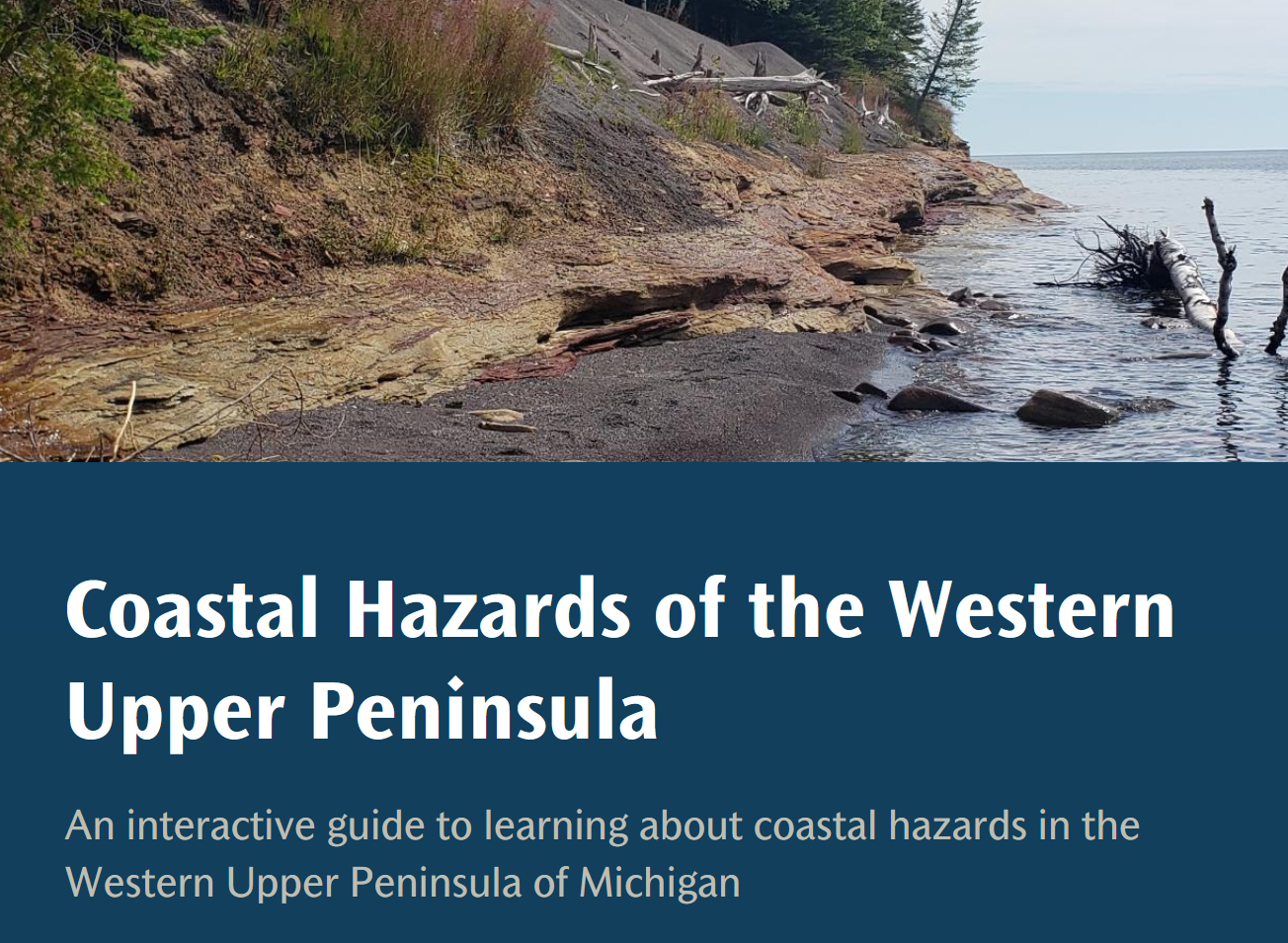
Hazard Mitigation Planning
Hazard mitigation is the effort to reduce loss of life and property by lessening the impact of disasters.
Hazard mitigation is most effective when implemented under a comprehensive, long-term mitigation plan. State, tribal, and local governments engage in hazard mitigation planning to identify risks and vulnerabilities associated with natural disasters, and human-caused events, and develop long-term strategies for protecting people and property from future hazard events. Mitigation plans are key to breaking the cycle of disaster damage, reconstruction, and repeated damage.
Shoreline erosion at McLain State Park - Photograph by Evan Lanese
Developing hazard mitigation plans enables us to:
Increase education and awareness around threats, hazards, and vulnerabilities;
Build partnerships for risk reduction involving government, organizations, businesses, and the public;
Identify long-term, broadly-supported strategies for risk reduction;
Align risk reduction with other state, tribal, or community objectives;
Identify implementation approaches that focus resources on the greatest risks and vulnerabilities; andCommunicate priorities to potential sources of funding.
Moreover, a FEMA-approved hazard mitigation plan is a condition for receiving certain types of non-emergency disaster assistance, including funding for mitigation projects. Ultimately, hazard mitigation planning enables action to reduce loss of life and property, lessening the impact of disasters.
WUPPDR has worked with the six counties and the Keweenaw Bay Indian Community to develop hazard mitigation plans, the most recent of which cover the period 2020 to 2025. The plans examine a variety of natural and human-created hazards and identify strategies and actions to prevent or reduce the severity of future hazard impacts.
The plans are intended to satisfy the requirements of the Disaster Mitigation Act of 2000 and 44 CFR 201.6. They are required to be in place for the counties and their participating local jurisdictions to be eligible for funding under the FEMA Hazard Mitigation Grant Program. Projects that may be funded range from flood suppression structures to drainage improvements to security and monitoring systems. All local units of government participated in the development of the plans, but adoption by jurisdictions other than the counties is optional.
Jacobsville Sandstone visible beneath stamp sands - Photograph by Evan Lanese






